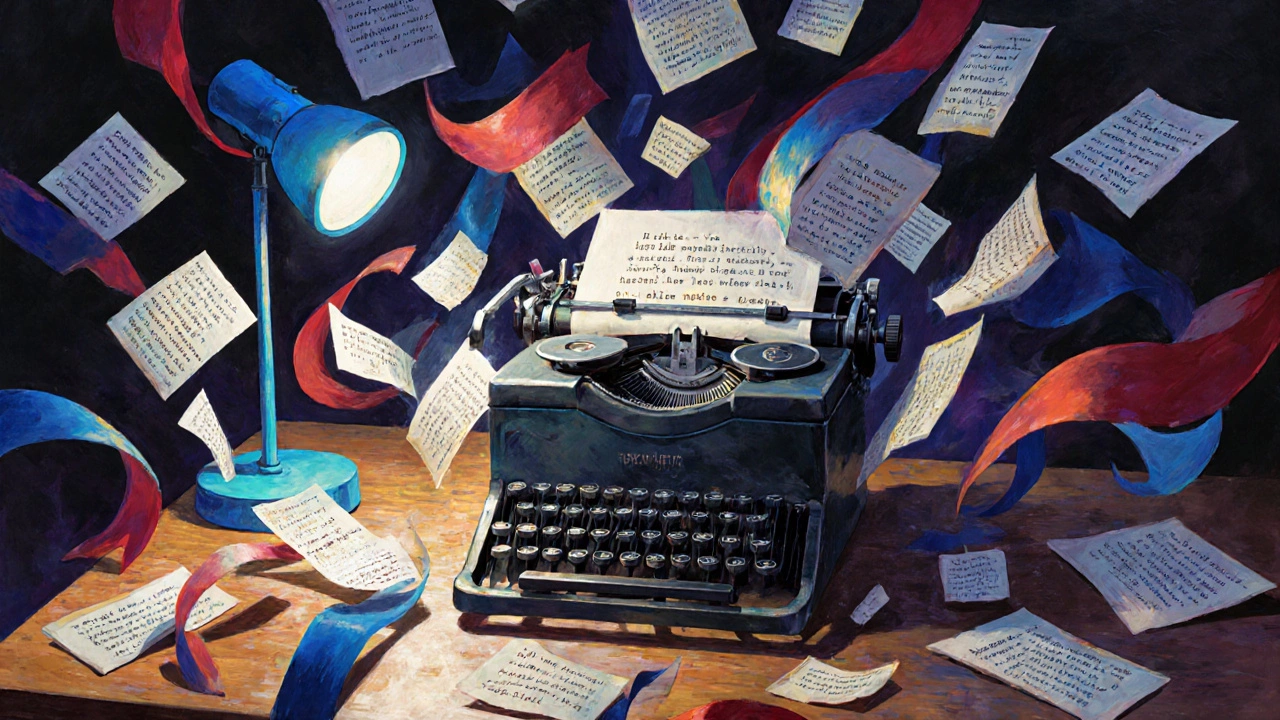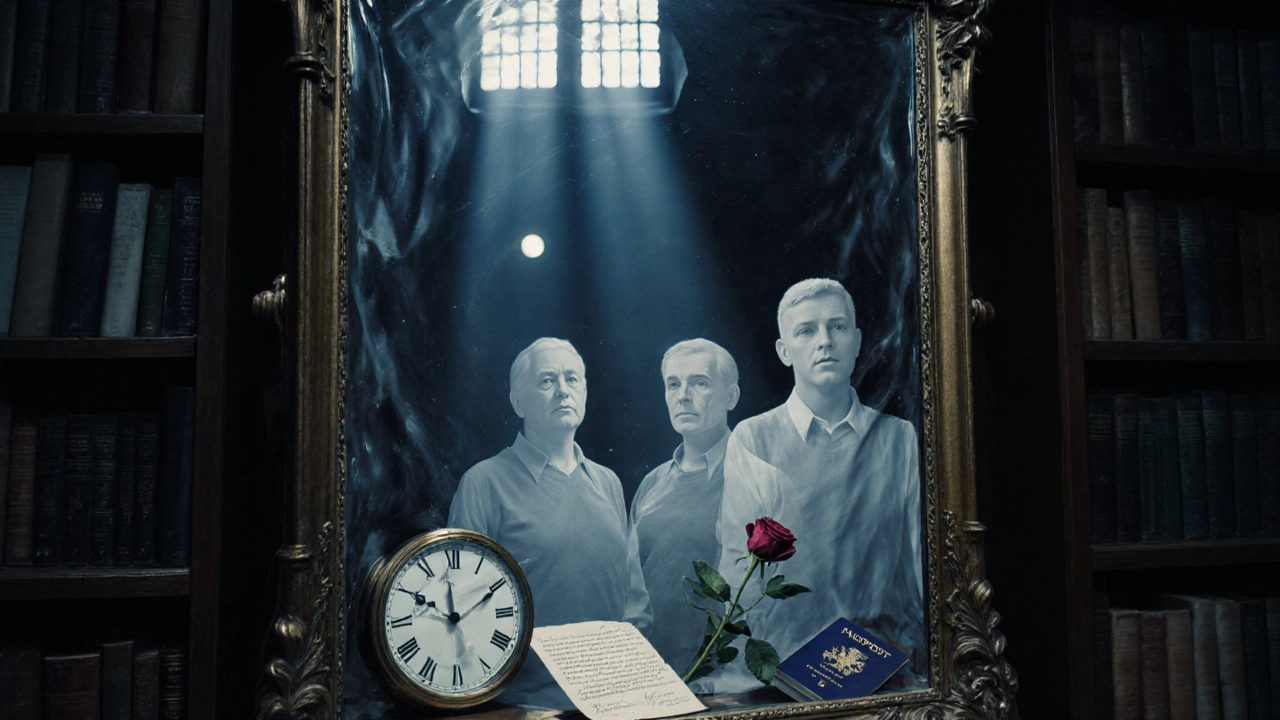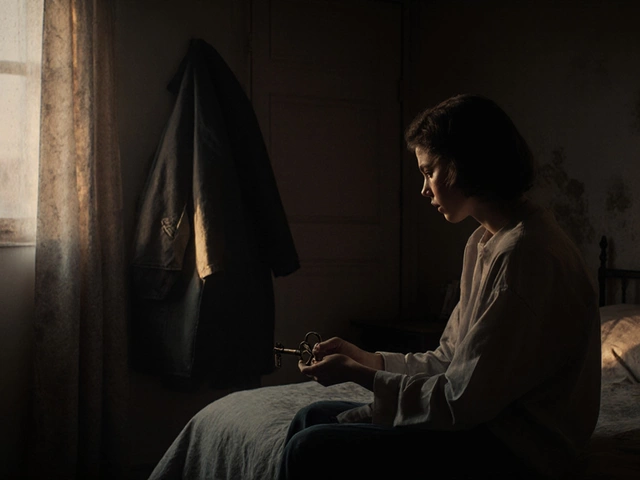
Literary Fiction Identification Tool
This tool helps you determine if a book aligns with the core focus of literary fiction. Answer the questions below based on your reading experience to see if a work prioritizes character exploration, language artistry, and thematic complexity over plot-driven entertainment.
Key Takeaways
- Literary fiction puts character depth, language artistry, and thematic richness above fast‑paced plot.
- It often blurs genre boundaries, using experimental structures to mirror real life.
- Typical themes include identity, memory, social critique, and existential questions.
- Reading for these cues-slow pacing, interior monologue, and layered symbolism-helps you spot true literary work.
- Classic and contemporary titles like Mrs. Dalloway, Beloved, and Normal People illustrate the focus well.
When you hear the term Literary fiction is a category of prose that prioritizes artistic expression, deep character exploration, and thematic complexity over plot‑driven entertainment, you might wonder what actually sets it apart from the stories you see on bestseller lists. The short answer: its focus lies in the inner lives of characters, the craft of language, and the weight of ideas. Below we break down each of these pillars, compare them to genre fiction, and give you practical tools to identify and appreciate literary works.
Defining Literary Fiction
Literary fiction is not a fixed genre; it’s a label applied to works that aim to elevate the novel as an art form. Authors use the novel to ask questions rather than just tell stories. The goal is often to leave readers contemplating the human condition long after the final page.
Core Focus #1: Character Development
Character development is the process of creating multidimensional personalities whose inner conflicts drive the narrative. In literary fiction, characters are rarely archetypes; they are flawed, contradictory, and evolving. Think of Virginia Woolf’s Clarissa Dalloway, whose fleeting thoughts reveal layers of social expectation and personal longing. The narrative often dwells on interior monologue, showing us not just what characters do, but how they feel and why they choose certain paths.
Core Focus #2: Stylistic Language
Stylistic language is the deliberate use of syntax, diction, and literary devices to create rhythm, mood, and meaning. Authors may experiment with stream‑of‑consciousness, fragmented structure, or poetic prose. ToniCavalera’s lyrical sentences in My Year of Rest and Relaxation turn everyday actions into tactile sensations, making the reading experience itself a form of art.

Core Focus #3: Thematic Depth
Literary fiction tackles big ideas-identity, memory, power, mortality-through the lens of personal stories. Themes are rarely presented as explicit morals; instead they emerge from characters’ choices and the author’s subtle framing. For example, Kazuo Ishiguro’s Never Let Me Go uses a dystopian setting to explore what it means to be human.
How Literary Fiction Differs from Genre Fiction
While genre fiction (mystery, romance, fantasy, etc.) often follows established conventions and emphasizes plot momentum, literary fiction bends or abandons those rules to serve its focus on character, language, and theme. Below is a concise comparison:
| Aspect | Literary Fiction | Genre Fiction |
|---|---|---|
| Primary Goal | Explore ideas & inner lives | Deliver entertaining plot |
| Pacing | Deliberate, often slow | Fast, action‑driven |
| Character Depth | Complex, evolving | Functional, archetype‑based |
| Language Use | Artful, experimental | Clear, accessible |
| Themes | >Ambiguous, layered | Clear, genre‑specific |
| Awards | Literary prizes (Pulitzer, Booker) | Genre awards (Hugo, Edgar) |
Typical Themes in Literary Fiction
Because the focus is on depth, certain themes appear repeatedly:
- Identity & self‑discovery: Characters wrestle with who they are versus how society defines them.
- Memory & trauma: Narratives often unfold through flashbacks, showing how past events shape present choices.
- Social critique: Issues like class, race, gender, and power dynamics are examined through personal lenses.
- Existential questions: What is the meaning of life? What does it mean to die? Authors leave these questions open‑ended.
Spotting Literary Focus While Reading
Here are practical cues you can use to decide if a book leans toward literary fiction:
- Pacing - If the story spends chapters on a single conversation or interior thought, it’s likely literary.
- Narrative Voice - Look for a distinct, sometimes unreliable narrator whose tone feels crafted.
- Structural Experimentation - Non‑linear timelines, fragmented chapters, or mixed media (letters, diary entries) signal a literary aim.
- Depth of Description - Sensory details that serve symbolic purpose rather than straightforward setting.
- Absence of Conventional Tropes - You won’t find a clear “hero’s journey” or formulaic romance plot.

Notable Examples that Illustrate the Focus
To solidify the concept, consider these works and how they embody the three core focuses:
- Mrs. Dalloway (Virginia Woolf) - Masterful stream‑of‑consciousness, deep interior monologues, and themes of time and mortality.
- Beloved (Toni Morrison) - Lyrical language, haunting memory, and a critique of slavery’s legacy.
- Normal People (Sally Rooney) - Contemporary dialogue that still probes identity, class, and intimacy with subtle prose.
- The Goldfinch (Donna Tartt) - Complex character arc, detailed artistic references, and an exploration of loss.
Common Misconceptions
Many readers think literary fiction is “boring” or “pretentious.” In reality, the genre invites active engagement. When you approach a novel expecting to decode symbolism or trace a character’s emotional evolution, you’ll often find a rewarding experience that sticks with you.
Another myth is that literary works can’t be entertaining. While the pacing may be slower, the payoff is a richer, more personal connection. Think of it as a marathon versus a sprint; the endurance builds lasting stamina.
Why the Focus Matters for Readers and Writers
Understanding the focus helps readers curate libraries that align with their interests. For writers, knowing the expectations of literary fiction guides decisions about structure, language, and theme, ensuring their work resonates with the right audience.
Whether you’re picking your next book or crafting your own manuscript, keeping an eye on character depth, stylistic choices, and thematic weight will keep you on the literary track.
In short, the hallmark of most literary fiction is an unwavering commitment to exploring the human soul through nuanced characters, inventive language, and ideas that linger.
Frequently Asked Questions
How can I tell if a book is literary fiction or genre fiction?
Look for slower pacing, deep interior monologue, experimental structure, and themes that focus on the human condition rather than plot mechanics. If the narrative spends time on language and internal conflict, it’s likely literary.
Do literary novels have to be serious?
Not at all. Many literary works use humor, satire, or even absurdity to probe serious ideas. The key is that the humor serves a deeper thematic purpose, not just cheap laughs.
What are some easy‑to‑read literary novels for beginners?
Start with shorter, contemporary titles such as Sally Rooney’s Normal People, Ocean Vuong’s On Earth We're Briefly Gorgeous, or Ian McEwan’s Amsterdam. These books balance literary depth with approachable language.
Are literary awards a reliable way to find high‑quality literary fiction?
Awards like the Pulitzer, Booker, and National Book Award often spotlight works that excel in character, language, and thematic ambition. They’re a good starting point, but personal taste still matters.
Can a novel be both literary and genre?
Absolutely. Many contemporary books blend literary craft with genre elements-think of Margaret Atwood’s The Handmaid's Tale (speculative) or Gillian Flynn’s Gone Girl (thriller). The mix often widens appeal while retaining depth.


